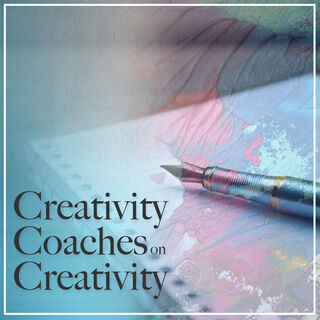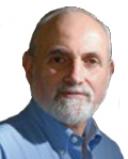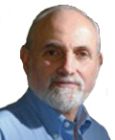Creativity
Effortlessness in Art
Creativity coach Omar Mizdaq provides top tips on the creative life.
Posted May 2, 2021 Reviewed by Jessica Schrader
Key points
- An artist creates his greatest art in a state of effortlessness, which is contrary to today’s obsession with productivity.
- Doing nothing creates a space for us to observe, to allow, and to receive.
- By doing what excites you, you may naturally find yourself in a state of effortlessness.

Art-making is often a struggle. At the same time, no state is more prized than that state of effortlessness known as flow or, as I’ve sometimes dubbed it, the trance of working. During such times, we vanish into the work and often only emerge hours later, with the feeling that virtually no time has elapsed. In today’s post called "Effortlessness in Art,” creativity coach Omar Mizdaq explores this theme.
Omar explained:
An artist creates his greatest art in a state of effortlessness; the more we force our creativity, the more stiff and wooden the results.
This flies in the face of the modern obsession with productivity and ‘the grind.’ Artists are often encouraged to treat their work like a job: instead of waiting for inspiration, just turn up on time, put in the hours, and clock out.
That approach has its merits; effort and striving undoubtedly have their place. There will be days when you feel lazy and without discipline you’ll simply waste your time and miss out on the opportunity to shift your state from stagnant to flowing. Effort is often necessary—but with the important caveat that if it’s not fun, if you don’t experience effortlessness fairly often, you’ve lost your way.
Even if we were to adopt the productivity gurus’ values and prize ‘output’ above all, the truth is, to quote James Pierce, “People put forth the most effort when it feels effortless.”
I know I’m in a state of effortless creating (or ‘flow’) when I check the time and realize I forgot to eat or sleep. Think about that for a minute: being so feverishly absorbed in something that you forget to attend to basic bodily functions. There’s no better way to maximize effort than when it’s no longer relied upon.
The Natural Way
Modern man is mostly ignorant when it comes to effortlessness because of his fundamental split with nature. For at least a few centuries, we’ve no longer seen ourselves as part of nature, but separate from it. Nature is effortless and, well, natural, whereas we contrive, control, and use nature for our own ends.
Do trees or birds force themselves to do what they do? They exist in the realm of intuition and instinct. The self-conflict that so many of us feel deep within is because we are in conflict with nature, i.e. in conflict with ourselves.
So, the first step in becoming an effortless artist is to learn from nature. As Tony De Mello says, observe animals. They only eat when they’re hungry, and only what’s good for them. They take all the rest and exercise they need. They’re guided by the body’s wisdom, rather than the mind’s chatter.
We could also stop doing so much and allow ourselves more time for simply being. Doing nothing creates a space for us to observe, to allow, and to receive. Creative individuals especially need this space and must take full responsibility for creating it ourselves. If you’re always striving and grasping, then where’s the space for your hands to unfold open and receive those golden ideas from the ethereal mist?
Finally, ask yourself if your current/future project is a ‘hell, yeah.’ Of course, projects have their phases and your level of enthusiasm will waver, but it should be something that excites you, fundamentally. If it does, you will naturally find yourself in the revered yet eminently attainable state of effortlessness.
**


